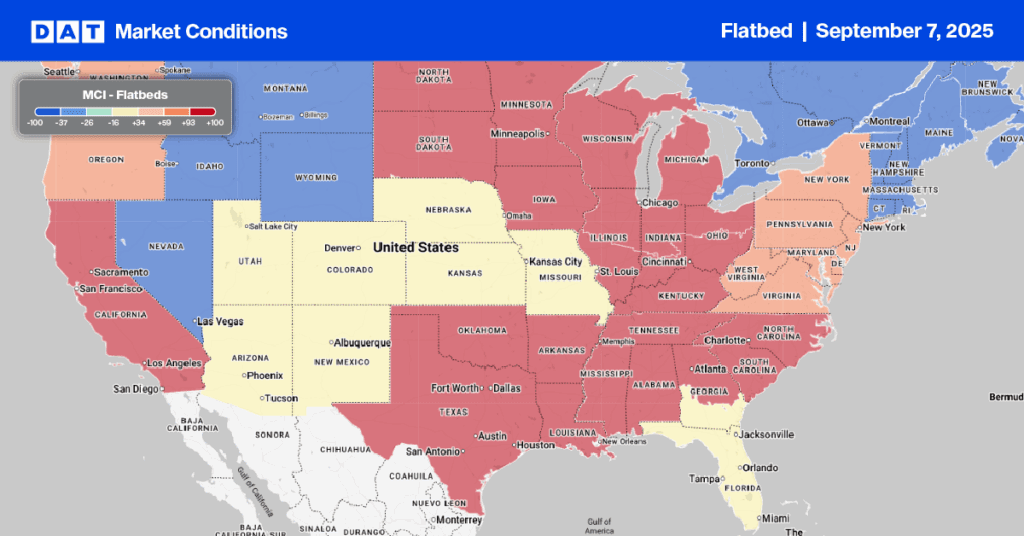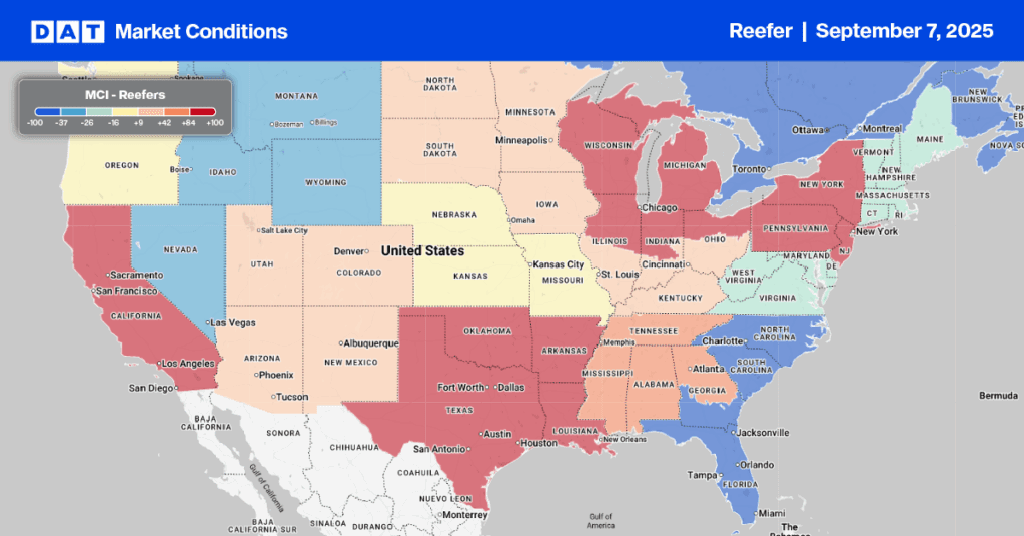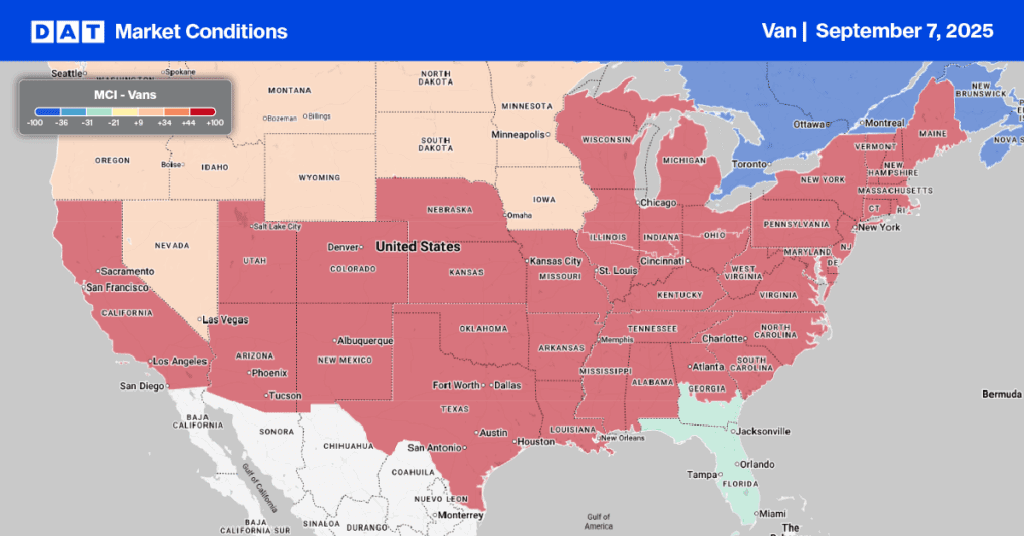Unlike last season’s natural and artificial Christmas tree shortage, this year’s supplies look good, with U.S. consumers planning to decorate their homes for Christmas earlier this year. According to a Wakefield Research survey of 1,000 Americans, 79% of participants agreed that the earlier they decorate for Christmas, the more holiday spirit they experience.
This time last year, the America Christmas Tree Association (ACTA) predicted an artificial tree shortage due to import delays in shipping and manufacturing containers from Asia (77% from China). During last year’s October peak in fake tree imports, many were delayed in some of the 530,000 shipping containers on the 75 container ships waiting to unload off the coast of Los Angeles. Fast forward to 2022, and according to The Marine Exchange, no container ships were waiting to unload this week.
U.S. consumers are getting into Christmas early this season
According to Jami Warner, Executive Director of ACTA, “There is never a bad time to pull out Christmas decorations or set up your Christmas tree, but if consumers haven’t already begun, now is the time. Last year, 94 million U.S. households displayed a Christmas tree. We can expect very similar demand for the 2022 season. Many people have decided to shop early for their trees.”

When does peak shipping season occur for truckload carriers?
Peak shipping typically occurs in the week leading up to Thanksgiving and continues through December. The U.S. Capitol Christmas Tree signifies the start of the shipping season, with this year’s tree making the 350-mile haul from the National Forests in North Carolina starting on November 5. Around the same time, pine trees are shipped to manufacture holiday decorations.
The regular shipping season in the Pacific Northwest (PNW), where most trees are produced, begins with Christmas trees bound for Hawaii loaded into containers in the first week of November, followed by trees for the Midwest and the East Coast. The week before Thanksgiving is the busiest time of year when most loads move to Texas, California, and other Western states.
According to the Pacific Northwest Christmas Tree Association, six Oregon and North Carolina counties account for just over half of the 25-30 million trees harvested nationwide. Oregon is the market leader in production, with 92% of trees exported from the region, mainly to California. The Christmas tree harvest coincides with the peak season for Fall produce in the Pacific Northwest, including potatoes, onions, pears, and apples, to name a few, which results in tight capacity and rate increases out of critical markets, including Oregon and North Carolina.
Reefer, dry van, or flatbed?
For carriers and brokers, it’s a short shipping season characterized by remote loading locations involving helicopters, specialty trailers, and urban deliveries with multiple drops — not the easiest freight to haul. Shorter haul loads from Washington and Oregon to California can go in a dry van, but anything to the Midwest or East Coast requires a reefer to protect the trees from heat and freezing. Most customers want ice blown over the top of the trees to keep them cold and prevent them from drying out, although some customers only want dry vans, even on such a long trip. They believe the air from the reefer unit dries the trees out, and the airflow chute limits the number of trees that will fit in the trailer.
For truckers, hauling Christmas trees is nothing to celebrate.
DAT Freight & Analytics spoke to several drivers hauling trees from the Canadian Pacific Maritimes. Trailers dropped at tree farms for pre-loading can be loaded in 24-36 hours, but unloading 800 trees can take two to three days to unload. According to Bobby McDonald, Owner-Operator with K&S Trucking in Sydney, Nova Scotia, “it all depends on how many people are there to help unload. Trees are mostly floor-load, so they must be loaded and unloaded by hand. It can take 3-4 hours to unload 400 trees, but here in New Jersey, it only took an hour to unload 428 trees this week. Throwing 11 workers at the load certainly made a difference.”
A lot of loads will involve multiple drops at small retail outlets, farm stands, and car parks, and that’s the time-consuming aspect of hauling Christmas trees. For regional haul loads from Oregon to California or Nova Scotia to New Jersey, it’s less about the rate per mile and more about the number of days a truck and trailer are under the load. In many cases, that can easily be four days and up to six for multi-drop loads. On top of that, you’ve got sap and pine needles to deal with.


